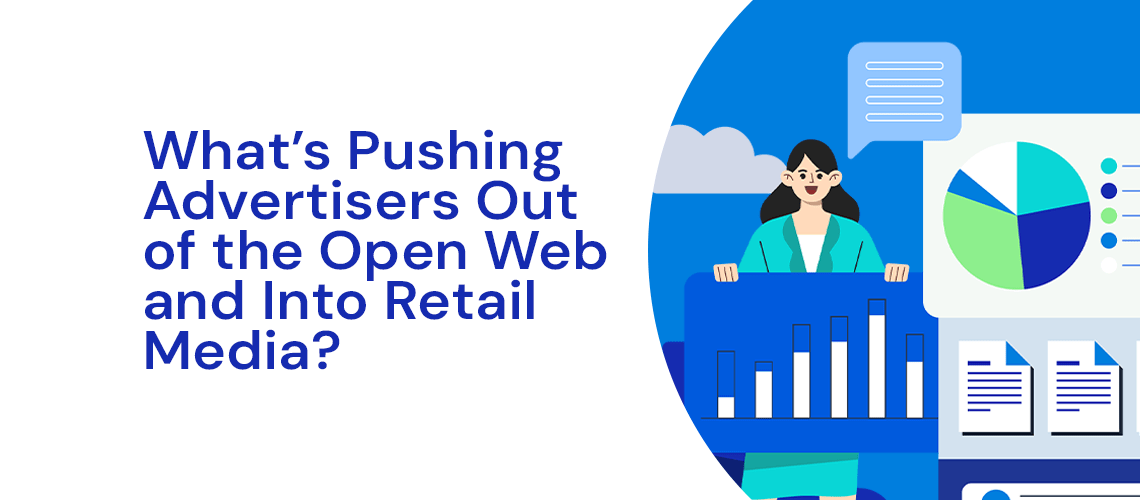The major media agency holding groups have been conspicuously quiet since peak US advertiser body ANA published its media supply chain transparency report.
It’s the latest in a long line of probes attempting to shed light on the questionable returns and practices of some pretty sizable parts of the programmatic supply chain.
P&G CMO Marc Pritchard in 2017 famously rained on the IAB’s industry parade by calling out digital advertising’s ad tech middlemen, agencies and the major walled gardens as “murky at best, and fraudulent at worst”.
Since then there have been variations on the same theme globally and regionally – but they appear to have made little practical impact. Open web programmatic, per the ANA, is an $88 billion global market and the likes of P&G, righteous back in 2017, were notably absent from its latest probe.
The report called out bloated supply chains, non-transparent contracts and data inaccessibility as key blockers, with at least a fifth of the overall pie going specifically to made for advertising (MFA) sites. (Notably, private marketplaces fared little better with regard to MFA, but on average cost twice as much to buy).
It’s likely that P&G, which has made major investments around in-housing and traceability, has its house in order. But it’s worth pointing out that 67 advertisers expressed an interest in taking part in the latest ANA study, yet only 21 ended up able to get hold of all the data they needed to run the numbers. And these are major advertisers – the likes of Dell, HP, Kimberly-Clark, Nissan, Mondelez and Shell. Pointedly, the ANA noted, ad tech firms including The Trade Desk, Amazon, Yahoo, Google AdX and PubMatic declined invitation to take part in the end-to-end impression matching and cost estimation exercise.
It may well be that the report’s findings are politely acknowledged and set aside – i.e. mothballed – until the next iteration. But, whereas previous ANA reports pointed out the problem while remaining light on solutions, the latest 120-page variant also includes step-by-step instructions for brands to do something about it. Large-spending advertisers that follow the playbook may get a better return than the 36 cents on every dollar the ANA calculates is the actual average return of working media invested in the programmatic open web.
Offense vs Defense

Rather than take offense at being tarred as part of the “murky” problem, adtech firms, agencies and publishers may arguably be better off grasping the nettle – especially those for whom the open web represents the biggest chunk of income.
Adtech companies, for example DSPs and SSPs, could potentially boost their chances of becoming part of the cohort of streamlined partners recommended by the ANA for advertising’s big guns. They could do that by accepting more transparent terms and accessibility to log-level data. Per the ANA’s study that’s not the case for the majority (59%) of those large advertisers today. While some of the biggest supply chain players may be better able to dictate terms – the likes of Google and Amazon don’t provide log-level data as a rule – the mid-sized middlemen may gain competitive advantage by zigging where the behemoths zag.
Agencies are arguably between a rock and a hard place. The vertically integrated communications companies need to be competitive on price to win pitches and retain clients – and media remains a profit centre.
The big holdcos simultaneously need to invest huge sums to remain competitive amid ongoing marketplace shifts.
On the one hand, marketing clients talk about business outcomes and growth. On the other, procurement departments demand the lowest possible prices for media buys.
The result, per the ANA study, is marketers’ digital programmatic budgets on average are spread across 44,000 websites and apps. The ANA implies perhaps 39,000 of those sites could effectively be wastage – and it may be that advertisers with a high number of middlemen are at times bidding against themselves in auctions. But cheap CPMs meet procurement-driven price targets.
Publishers – particularly mid- and smaller sized companies that make up the vast bulk of the open web – have most to fear should marketers and their intermediaries act on the ANA’s report.
That said, the report also notes that many of its recommendations – such as direct contracts with SSPs and DSPs and the transparency that should follow – are realistically only financially viable for advertisers spending north of $50m annually. The vast majority of advertisers by volume have nowhere near those budgets, which means Armageddon for publishing’s long tail may remain some way off.
But making the cut and their case for inclusion list status – especially as Made For advertising sites (MFA’s) siphon off budgets and an anticipated tsunami of generative AI sites – may increasingly determine winners and losers.
Retail media, walled gardens gain?

For many parts of the media supply chain, significant financial and competitive incentives to maintain, or marginally improve, the status quo remain. But there are potentially long-term existential risks if marketers facing ever-present budget pressure from CFOs decide that the open web is ultimately delivering too little bang for buck.
Some suggest that is already happening, at least in advertising’s upper echelons.
“What tends to happen in dysfunctional marketplaces where the end user, i.e. the advertiser, is getting poor value for money, is they start to take their money elsewhere,” according to Nick Manning, who co-founded the now Omnicom Media Group-owned media agency Manning Gottlieb before spending ten years as strategy chief for London-listed media investment consultancy Ebiquity. Manning also co-authored the ANA’s scoping document for the programmatic probe.
“We’re starting to see advertisers, particularly consumer packaged goods companies, saying ‘I’m going to go into digital commerce, I’m going to go into retail media networks, where I have a better chance of seeing where the money is going, and being able to measure the effectiveness of it … So the money is starting to move out of the open web,” per Manning.
“Unfortunately, in some respects, it’s going to go even more into the bigger walled gardens.”


